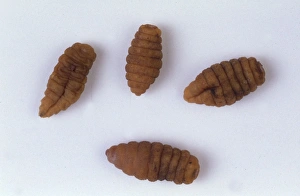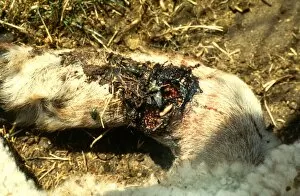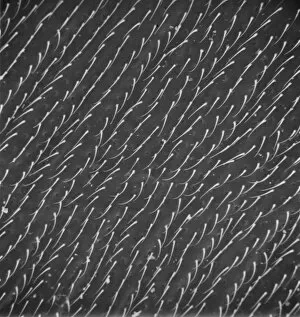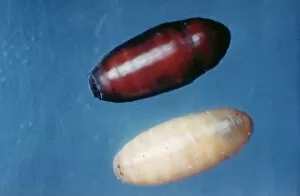Calliphorid Collection
"Exploring the Fascinating World of Calliphorid: From Bluebottle Maggots to Blowfly Eggs" Calliphorids, commonly known as bluebottle maggots
All Professionally Made to Order for Quick Shipping
"Exploring the Fascinating World of Calliphorid: From Bluebottle Maggots to Blowfly Eggs" Calliphorids, commonly known as bluebottle maggots, belong to the family Calliphora. These intriguing insects have captured the attention of scientists and nature enthusiasts alike due to their unique characteristics and behaviors. One notable member of this family is Wohlfahrtia magnifica, also known as the screwworm fly wound. Its larvae infest open wounds in animals, causing severe damage if left untreated. Another species worth mentioning is Cochliomyia hominivorax, or the new world screwworm puparium. This particular insect's pupa stage can be found in animal tissues, posing a threat to livestock. Cordylobia anthropophaga introduces us to another aspect of calliphorids - tumbu fly larvae. Found in tropical regions, these larvae burrow into human skin and cause myiasis if not removed promptly. The diversity within Calliphora itself is remarkable. The blowfly larvae are one such example; they play an essential role in forensic entomology by aiding investigators in estimating time since death based on their life cycle stages. Amongst them is Calliphora vicina, commonly referred to as blowfly or blue bottle. Their eggs hatch into tiny maggots that feed on decaying organic matter while serving as decomposers within ecosystems. Delving deeper into this captivating group reveals even more fascinating members like Wohlfahrtia sp. , with its distinct new world screwworm pupa stage showcasing intricate adaptations for survival. Calliphorids encompass a wide range of species with diverse lifestyles and ecological roles. From bluebottle maggots feeding on carrion to blowfly eggs hatching into voracious scavengers – these insects contribute significantly to our understanding of decomposition processes and provide valuable insights for various fields, including medicine and forensic science.


















